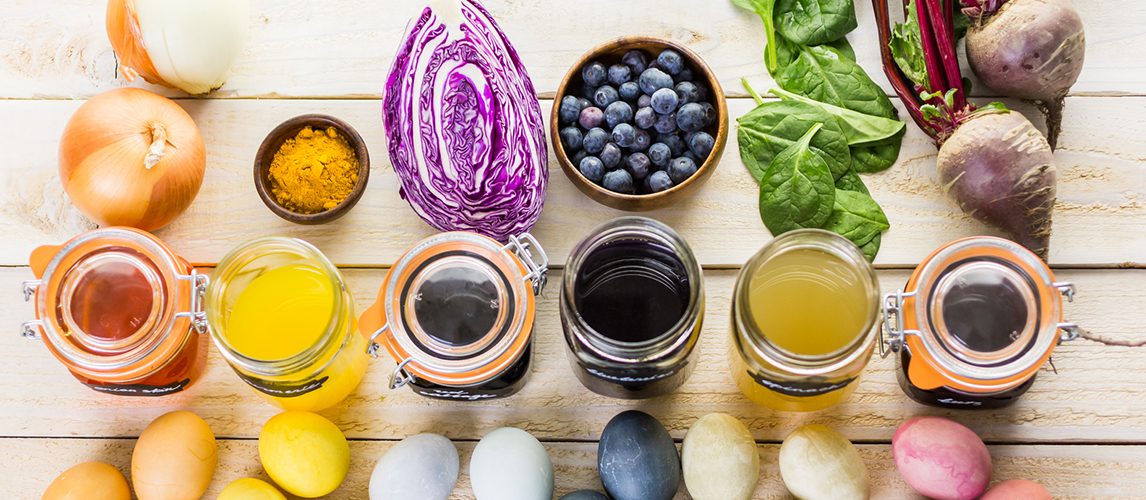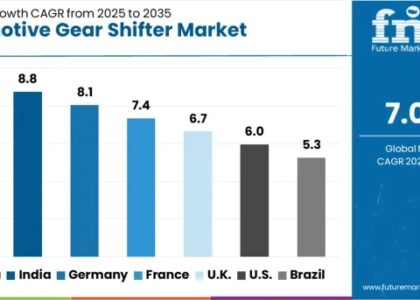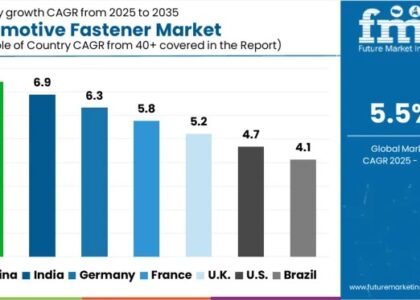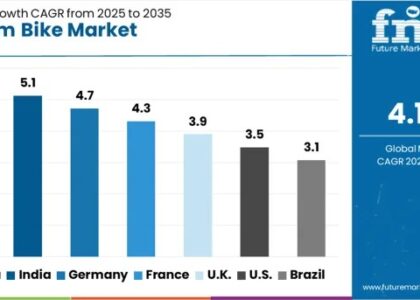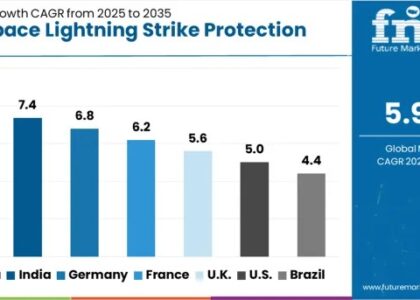Plant based food colors are made using plant-based materials using natural ingredients such as beetroot, carrot, and kale. Producers are incorporating plant-based colors in their food products as consumers are focusing on including natural and organic food products to maintain overall health. Manufacturers in the plant based food colors market are constantly focusing on new plant sources to produce vibrant colors and meet the growing demand for new color shades in the food and beverages industry.
Manufacturers are using various plant based materials to produce food colors that are visualy appealing. In recent years, shades of purple in food products have gained immense popularity. This is accelerating the use of sweet potatoes, purple carrots, and yams as the source for shades of purple in various food products. Meanwhile, with increasing number of consumers shifting to a vegan and vegetarian diet, the use of plant based food colors has increased in food processing industry.
Request Your Sample Report Today: https://www.futuremarketinsights.com/reports/sample/rep-gb-9441
Plant Based Food Colors Market Dynamics
Rising Demand for Clean Label Products Driving Plant Based Food Colors Market Growth
Growing demand for clean label products from customers is one of the significant reasons for the growth of plant based food colors. Owing to the evolving dietary pattern and focus of consumer towards healthy lifestyle is enforcing manufacturers to use plant-based food color instead of synthetic food colors.
Processed food and beverage producers are focusing on using natural, plant-based and non-GMO color products as consumers consistently look for ways to eat and drink healthier. Many companies in the food industry are also launching new food products with plant-based food colors with consumers purchasing snacks made using plant based colors. Moreover, growing popularity of colorful food among millennials, food producers are looking for competitive edge by using new plant based color shades in their products.
Sweet Potato Gaining Popularity in Plant Based Food Color Market
Sweet potato varieties range in color from red, brown, purple, orange, yellow, and white, thus gaining popularity in the plant based food color market. A new variety of sweet potato has emerged as an alternative to carmine and other artificial and synthetic colors while offering natural and vibrant red color for various food products.
Hansen sweet potato has been developed using traditional method. With selective breeding for over 10 years, Hansen sweet potato, a highly pigmented vegetable offering bright red color similar to the color provided by carmine. Another variety, Okinawan sweet potato also known as purple sweet potato with presence of high anthocyanin content is finding wide application in food products as plant based food colors.
Production and Shelf-life of Plant Based Food Color to Remain Longstanding Challenge
Production and shelf-life are the two biggest challenges in plant based food colors market. One of the primary reasons for synthetic and artificial food colors is the low cost of production as compared to natural and plant based food colors. Moreover, artificial food colors can be produced on a large scale as there is no need for harvesting and processing, unlike plant based food colors.
Competitive Landscape
Some of the most notable players in the plant-based food colors market are Archer Daniels Midland Company, D. Williamson & Co. Inc., Sensient Technology Corporation, Dohler Group, Hansen A/S, FMC Corporation, Givaudan, Kalsec Inc., BASF SE, Akay Group, Plant Lipids, AVT Natural Products, and NATUREX Group.
Key Developments in the Plant-Based Food Colors Market
Some of the notable developments in the plant-based food colors market are:
- In January 2017, ColorKitchen launched a new line of natural food coloring sets and sprinkles. These natural food colors set and sprinkles are vegan, gluten-free, and non-GMO. These products are made from natural and simple plant-based materials such as spirulina, turmeric, beet, and annatto. The available food color sets are yellow, blue, and pink, with multicolored rainbow sprinkles.
- In March 2020, Givaudan (a global leader in flavors) launched a line of natural red colors for plant-based proteins and plant-based meat. The new plant-based red color will give the plant-based patties a meat-like color.
- In 2018, Givaudan acquired Naturex, plant extracts manufacturing company. This acquisition will help Givaudan in enhancing its natural and plant-based color line.
- In April 2019, Perennial launched a plant-based RTD beverage for the old age population. The beverage is free from synthetic colors, gluten, artificial sweeteners, and lactose, and with no cholesterol.
Maximize Growth Potential Grab Your Report Today: https://www.futuremarketinsights.com/checkout/9441
Key segments profiled in the Plant based Food Colors Market
By Type:
- Carotenoid
- Anthocyanin
- Chlorophyll
- Annatto
- Paprika Extract
- Spirulina Extract
- Turmeric
- Beet
- Others
By Application:
- Bakery & Confectionery Products
- Beverages
- Packaged Food/Frozen Products
- Dairy Food Products
- Others
By Form:
- Liquid
- Powder
About Future Market Insights (FMI)
Future Market Insights, Inc. (ESOMAR certified, recipient of the Stevie Award, and a member of the Greater New York Chamber of Commerce) offers profound insights into the driving factors that are boosting demand in the market. FMI stands as the leading global provider of market intelligence, advisory services, consulting, and events for the Packaging, Food and Beverage, Consumer Technology, Healthcare, Industrial, and Chemicals markets. With a vast team of over 400 analysts worldwide, FMI provides global, regional, and local expertise on diverse domains and industry trends across more than 110 countries.
Contact Us:
Future Market Insights Inc.
Christiana Corporate, 200 Continental Drive,
Suite 401, Newark, Delaware – 19713, USA
T: +1-845-579-5705
For Sales Enquiries: sales@futuremarketinsights.com
Website: https://www.futuremarketinsights.com
LinkedIn| Twitter| Blogs | YouTube


